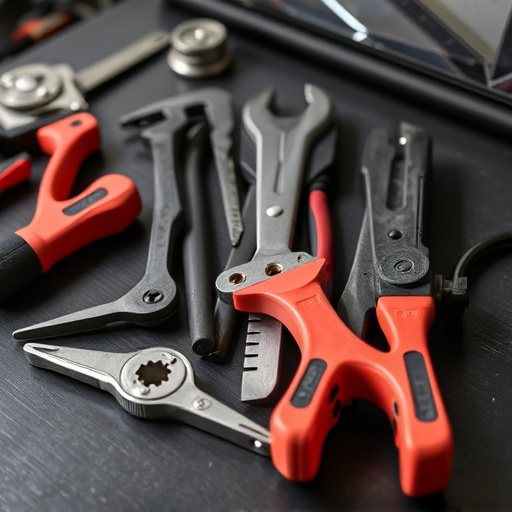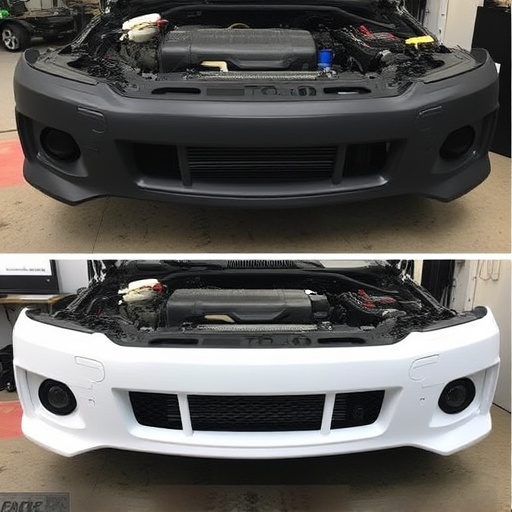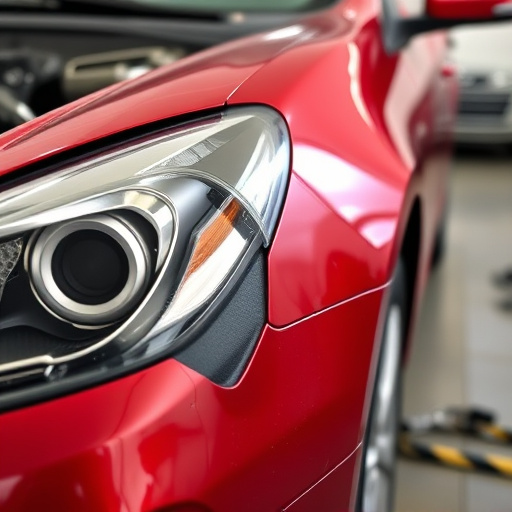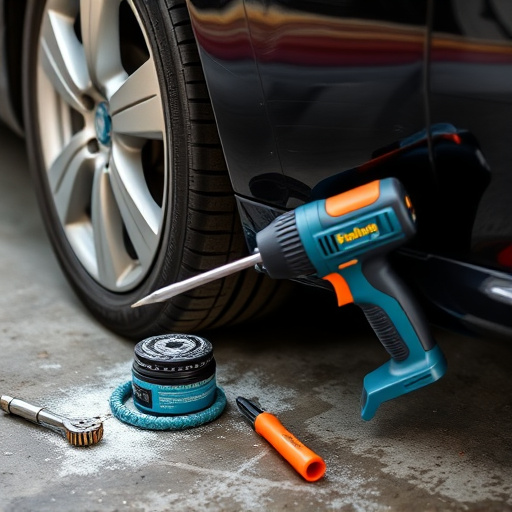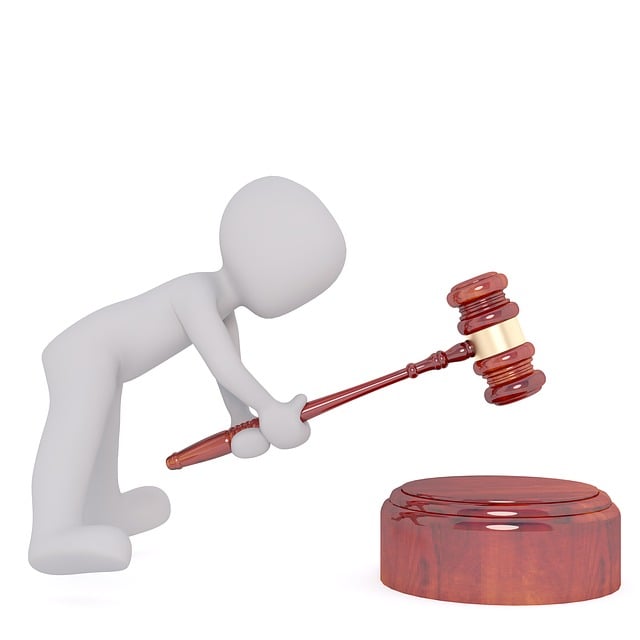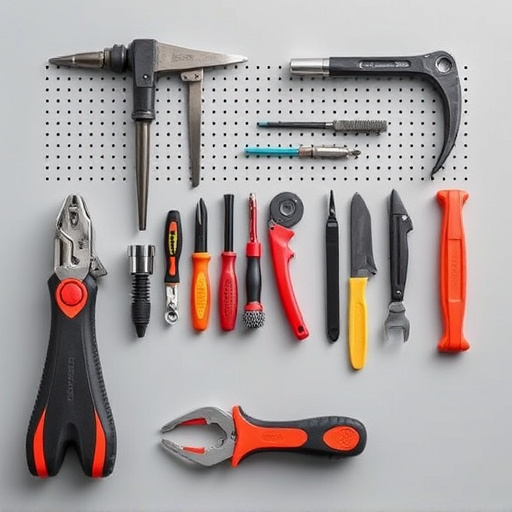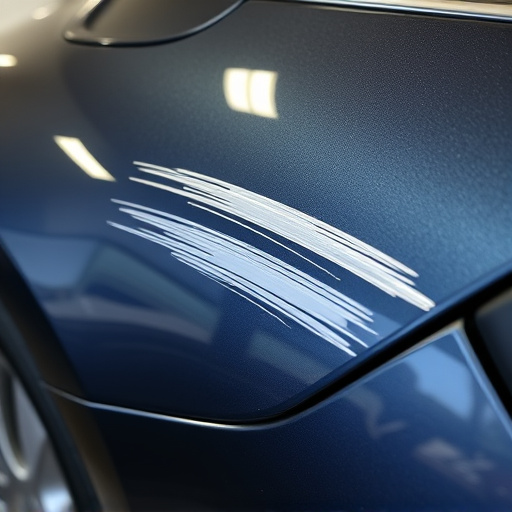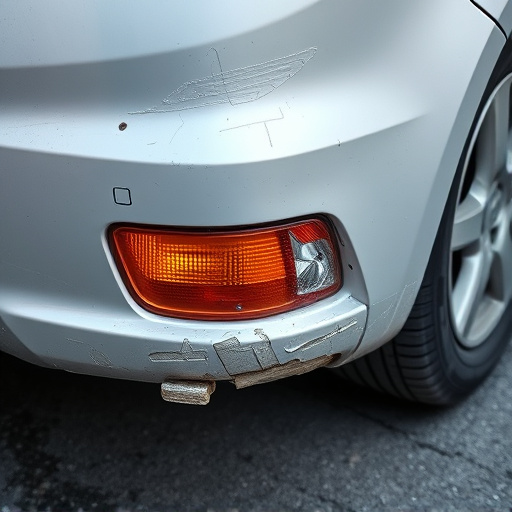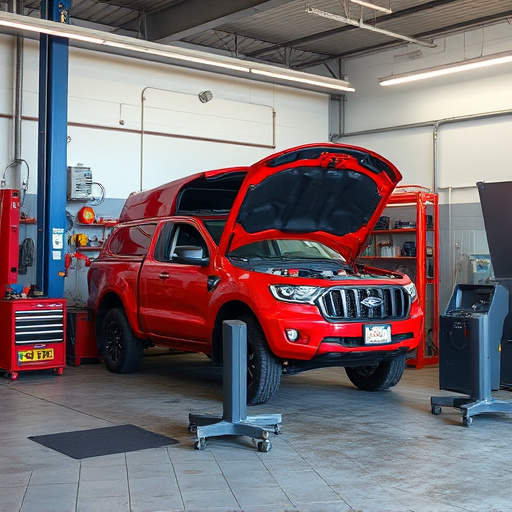After repairing a hydraulic frame machine, a meticulous evaluation ensures optimal performance for collision and specialized auto repairs. This includes comprehensive testing, visual examinations, and advanced diagnostics to verify component functionality and prevent potential issues. Gathering customer feedback is crucial for continuous improvement, client trust, and workshop reputation in the industry.
Evaluating the success of a hydraulic frame machine repair is vital for ensuring longevity and optimal performance. Begin by assessing the structural integrity, verifying that all components are securely fastened and no cracks or deformities exist. Next, test the functionality and performance to ensure smooth operation and precision. Gathering customer feedback is crucial for continuous improvement, allowing you to refine your repair processes and maintain high standards in hydraulic frame machine repairs.
- Assess Structural Integrity of Hydraulic Frame Machine
- Evaluate Functionality and Performance After Repair
- Gather Customer Feedback for Continuous Improvement
Assess Structural Integrity of Hydraulic Frame Machine
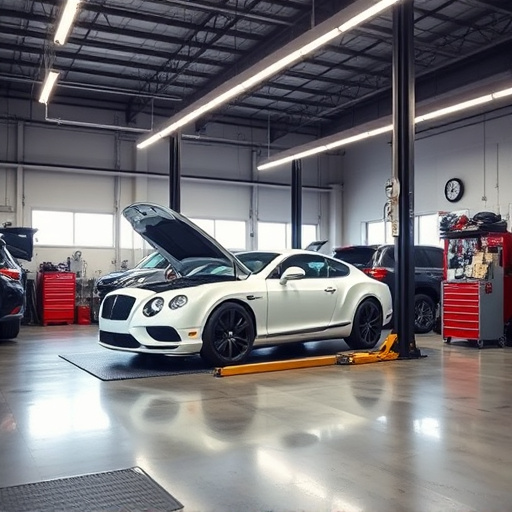
After completing any frame machine repair job, thoroughly evaluating the structural integrity of the hydraulic frame machine is paramount. This involves meticulous inspection to ensure all components—from the main hydraulic cylinders to the precision alignment jigs—are functioning optimally and securely. A skilled technician will check for signs of wear, damage, or misalignment that could compromise the machine’s stability and accuracy during operation.
The assessment should encompass both visual examination and, where necessary, advanced diagnostic tools. For instance, checking the hydraulic fluid levels and quality, inspecting for leaks, and verifying the proper extension and retraction of cylinders are crucial steps. These measures help ensure not just the success of individual repairs but also the overall reliability and longevity of automotive repair services provided, including those involving car collision repair or scratch repair, by addressing potential issues before they escalate.
Evaluate Functionality and Performance After Repair

After a hydraulic frame machine has been repaired, one of the most crucial steps is to thoroughly evaluate its functionality and performance. This involves testing each component and system to ensure they operate as intended, meeting the standards required for optimal efficiency. The repair process should have rectified any issues related to collision damage repair, ensuring the machine’s structural integrity and precision adjustments.
In an auto repair shop, it’s essential to conduct comprehensive trials, including simulating real-world scenarios to assess how the repaired hydraulic frame machine handles various tasks. This evaluation goes beyond simply checking for basic operation; it includes measuring accuracy, speed, and overall performance consistency. By doing so, you can verify that the machine is ready to return to its role in facilitating precise collision repair or other specialized auto repair services.
Gather Customer Feedback for Continuous Improvement
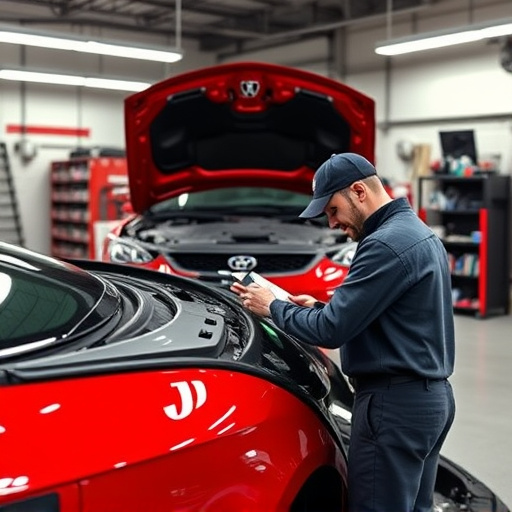
After completing a frame machine repair job using a hydraulic frame machine, gathering customer feedback is a crucial step for any professional workshop. This doesn’t just provide insights into the quality of your services but also offers a pathway to continuous improvement. Satisfied customers can offer valuable testimonials about their experience with frame straightening and car paint services, highlighting aspects they appreciated and areas where enhancements could be made.
Such feedback allows you to refine your processes, ensuring that future collision repair jobs are executed even more efficiently and effectively. By actively seeking customer opinions, you demonstrate a commitment to excellence in all aspects of your work—from the initial assessment to the final touch-ups. This not only boosts client satisfaction but also fosters trust and encourages repeat business, solidifying your workshop’s reputation in the industry.
Evaluating the success of a hydraulic frame machine repair involves a multi-faceted approach. By assessing structural integrity, functionality, and gathering customer feedback, you can ensure optimal performance and continuous improvement. These steps are key to gauging the quality of the repair and maintaining high standards in your services for these critical pieces of equipment.
